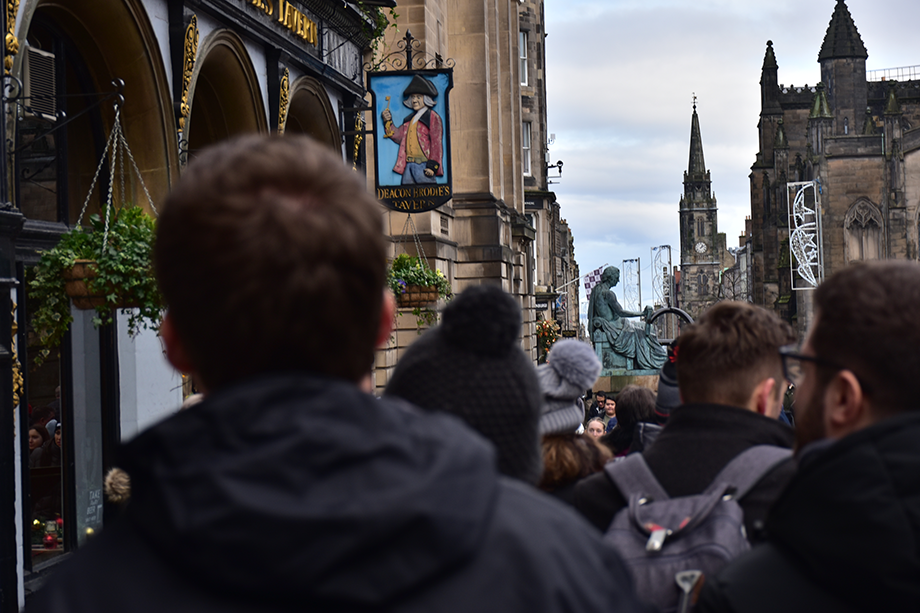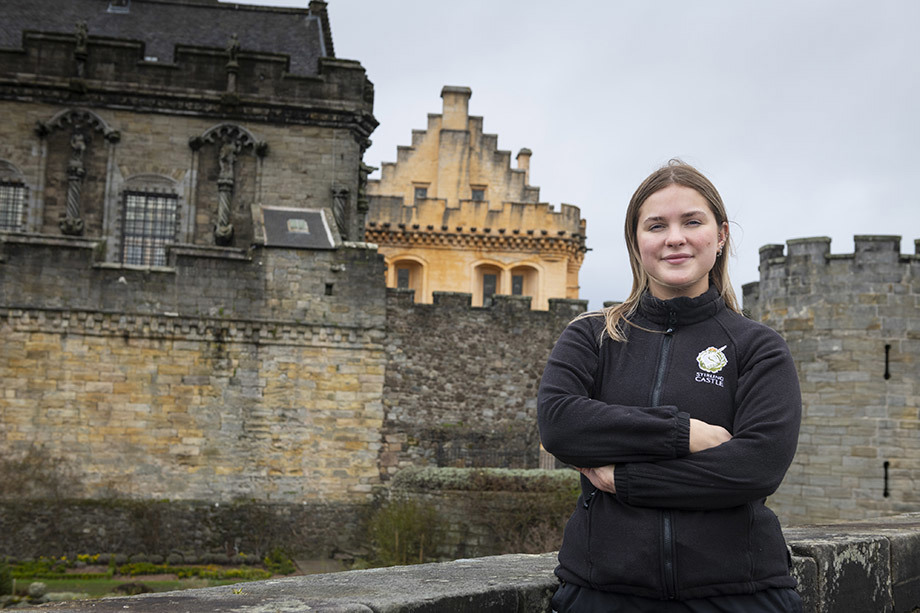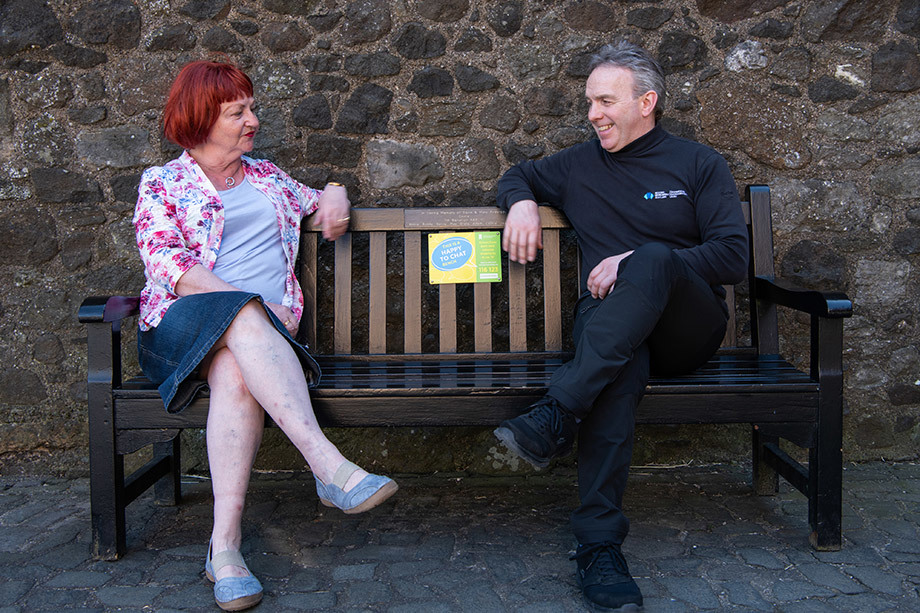
Understand how our historic environment can help current and future generations to live well and our local places to thrive.
Our approach to achieve our outcomes is to facilitate and coordinate a wide range of actions, development, and dissemination activities that move us forward. You can find more information on our current work underway to achieve each outcome on these pages.
All our work will be reported against our original baseline assessment of the sector’s performance.
There are short-term and long-term actions emerging for this area, including the important need to harness better and more detailed data on the economic impact of the historic environment.

Scotland’s historic environment is a powerful driver of economic growth and employment. From 2011 to 2023, the sector has consistently supported jobs and contributed millions to the economy. These visualisations highlight year-on-year trends in both economic impact and employment, demonstrating the role heritage plays in building a resilient and responsible economy.
There are short-term and long-term actions emerging for this area, including the need to build greater understanding of the importance of Fair Work within the sector.

There are short-term and long-term actions emerging for this area including the need to agree an approach and definition of wellbeing as it relates to the historic environment.

From August 2024 onwards we will collaborate on or commission advice to inform work packages that will tackle current priority needs in this area, which are:
Please contact us if you would like to be involved in this work. Further updates on events or consultations will be communicated here.
The Ridge in Dunbar was set up in 2012 and has grown organically since. They provide training and support to help people find employment locally, often through the maintenance of historic buildings. They offer a range of practical support to allow more vulnerable members of the community to overcome barriers.
They also promote and make available the health and wellbeing benefits of the historic environment to the local economy. They do this by improving Dunbar town centre as a tourist attraction, as well as an attractive place for local people to live, work, and shop.